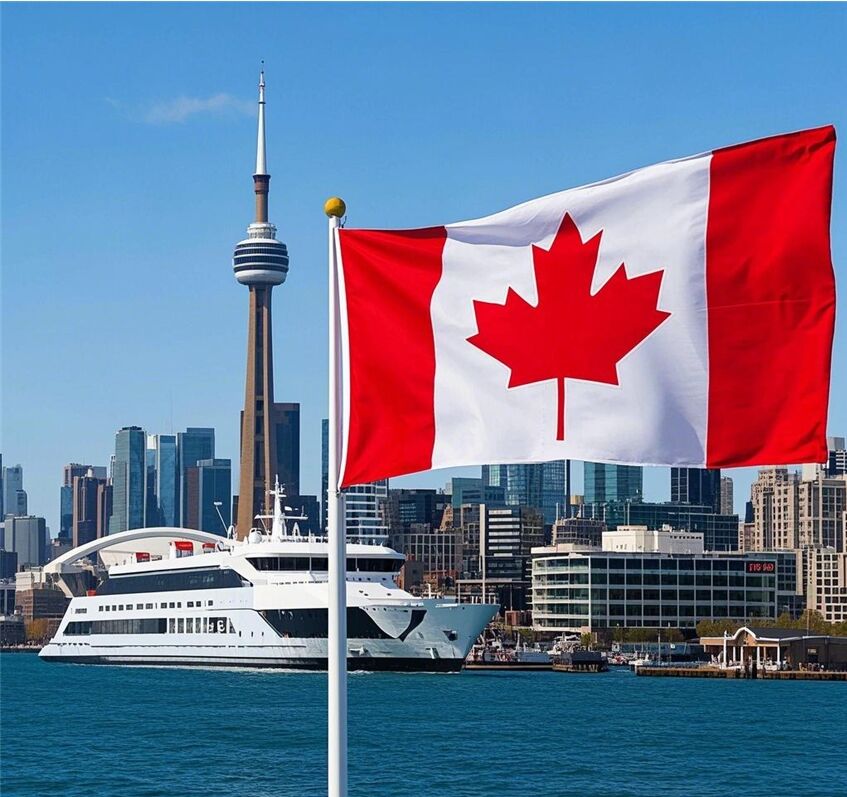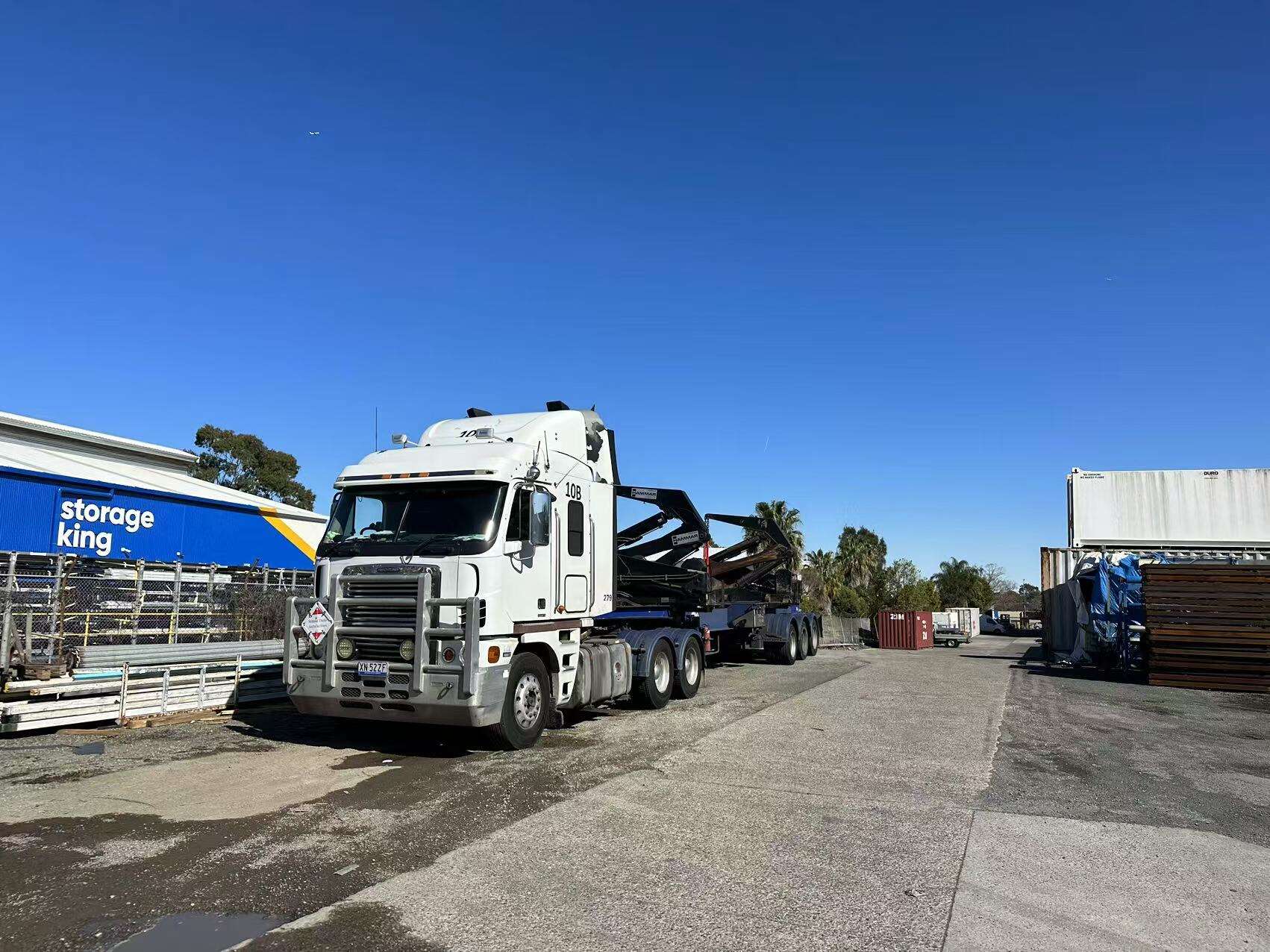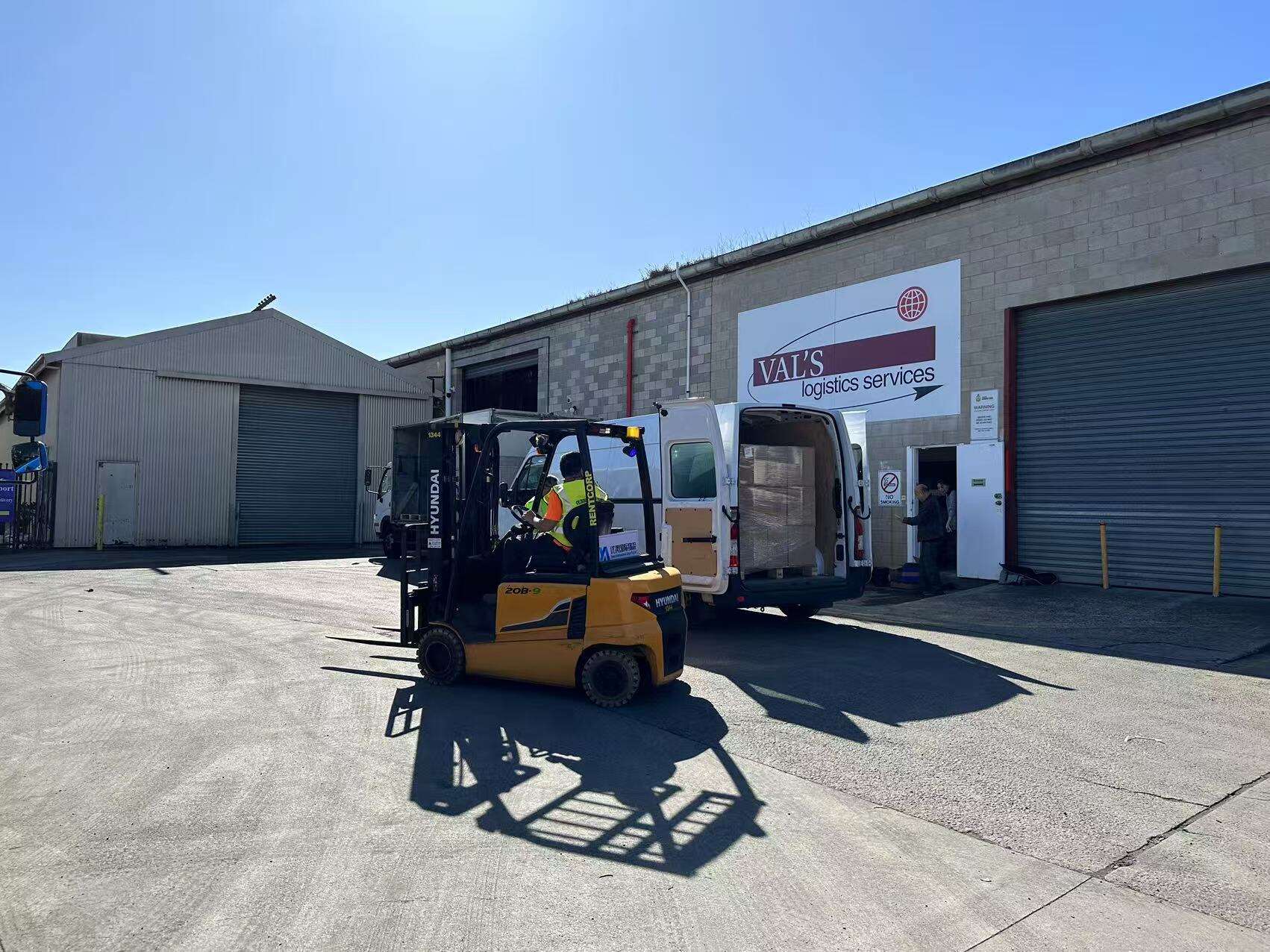Key Components of Multimodal Transport Systems
Core Concepts: Road, Rail, Sea & Air Integration
Multimodal transport basically means combining different ways to move stuff around, like trucks, trains, ships, and planes all working together. The whole point is getting goods where they need to go without wasting time or money. Trucks are really important for reaching those remote villages and small towns, acting as connectors between bigger transportation centers. They let companies switch from train tracks to docks without too much hassle. Trains can haul massive amounts of cargo at once, which takes pressure off busy roads while being better for the environment too. When it comes to moving things across oceans, ships remain king because nobody beats their price per ton for long hauls. Nobody would ship a container full of electronics via airplane if it costs ten times more than using a freighter. Airplanes still have their place though, especially when something needs to arrive tomorrow morning instead of next week. That kind of speed keeps global businesses running smoothly despite all the delays we face these days.
The Role of Freight Forwarding in Seamless Coordination
Freight forwarding plays a really important role in how goods move around the world today. These companies handle everything related to getting products where they need to go, including organizing shipments, dealing with customs paperwork, and making sure all the legal requirements are met when crossing borders. Some studies indicate that good freight forwarding practices can cut down on delivery times because there's less chance of things getting held up somewhere along the way. Take complex situations where cargo needs to switch between different transportation methods like ships, planes, and trucks. That kind of complicated routing usually depends heavily on what freight forwarders know and who they know in the industry. Companies such as DHL have built their reputation on moving stuff internationally without a hitch, switching between air, sea, and land transport as needed. For businesses trying to get their products out faster while keeping costs down, working with experienced freight forwarders makes all the difference in navigating the ever-changing world of global shipping.
Advantages of Multimodal Transport in Global Freight
Cost Efficiency Through Combined Transport Modes
When companies mix up transportation methods in their supply chains, they often see big reductions in shipping expenses. The trick is finding the right combination that plays to each method's advantages. Rail works wonders for moving goods across country because it's so much cheaper per mile than trucking. Meanwhile, trucks handle those last few miles where flexibility matters most. Take the combo of ocean freight and rail for example. Many businesses have saved money recently by switching from purely truck-based systems to ones that combine sea and rail transport for cross continent shipments. A recent study from Chinese transportation authorities suggests that getting better at this kind of mixed approach could bring down national logistics spending to around 13.5% of GDP by the middle of next decade.
Enhanced Reliability via International Freight Forwarding Services
Freight forwarding makes shipments more reliable because companies plan everything carefully from start to finish. These service providers handle all the shipping stuff nobody wants to deal with themselves - customs paperwork, documentation requirements, getting goods across borders without issues. They make sure containers move smoothly from trucks to ships to planes without hiccups along the way. When things go wrong? Well, good freight forwarders have contingency plans ready. For instance, many will build extra time into schedules just in case something goes off track, plus they know alternate routes when primary paths get blocked. Real world data backs this up too. Companies using professional freight forwarding services report fewer late deliveries overall compared to those trying to manage it themselves. The difference matters especially during peak seasons or global disruptions when every day counts for businesses relying on timely product movement.
Sustainability Gains with Eco-Friendly Routing
Using multimodal transport gives companies some serious sustainability advantages, especially when they mix rail and sea routes for shipping goods. Compared to trucks and planes, trains and ships just naturally produce fewer greenhouse gases per ton mile. Research from the International Energy Agency actually points out that switching to these combined transport methods cuts down carbon emissions by around 40% in many cases. For businesses looking to cut costs while going green, this makes perfect sense both environmentally and economically. Many forward thinking firms have already started making the switch, not only because it helps them meet international climate targets but also because customers increasingly expect companies to take environmental responsibility seriously. Those who embrace multimodal approaches often find themselves at the forefront of what's becoming standard practice in modern supply chain management.
Optimizing Multimodal Operations with Digital Tools
AI-Powered Route Planning for UPS/DHL-Style Logistics
Artificial intelligence is changing how companies plan routes and make decisions in the logistics world through smart data analysis and forecasting capabilities. Big names in the business such as UPS and DHL are already making good use of AI systems including machine learning models and advanced analytics software to figure out the best possible paths for transporting goods. The results speak for themselves - faster deliveries across the board and significant reductions in operational expenses. When major players start incorporating AI solutions into their daily logistics work, they typically see real improvements in both time management and bottom line savings. This trend shows just how powerful AI can be when applied to complex transportation networks involving multiple modes of shipping.
Blockchain for Cross-Border Documentation Efficiency
The blockchain tech is making waves when it comes to seeing what happens to cargo during transport. Freight companies dealing with global shipments often struggle with paper trails and mistakes in paperwork. Blockchain cuts down on these problems by making things simpler for everyone involved in moving goods across borders. Take Maersk as an example they rolled out blockchain systems that keep track of every step in their shipping process without anyone being able to alter records after the fact. What this means for businesses? Less time spent on paperwork headaches and better chances of meeting all those complicated international shipping rules. The real value here isn't just about saving time though many companies find that happens too its about having complete visibility over where products are at any given moment.
IoT Monitoring in International Freight Shipments
The Internet of Things, or IoT as it's commonly called, is changing how companies keep tabs on freight shipments in real time, giving them much better insight into what's happening throughout the supply chain. These little sensors attached to shipping containers send back information about where things are, what temperatures they're experiencing, and whether there have been any security breaches. Companies report losing less cargo overall when using this tech, which makes international shipping operations run smoother. According to recent numbers from DHL, integrating IoT solutions actually cuts down on shipment failures and keeps those pesky security issues at bay across different modes of transport. More and more firms are adopting these systems not just because they want to know exactly where their goods are going, but also because managing complex global supply chains becomes way easier when every container essentially tells its own story along the journey.
Implementing Sustainable Multimodal Strategies
Reducing Carbon Footprints Through Rail-Ocean Hybrids
The rail-ocean hybrid model presents itself as a greener option for moving goods compared to standard freight approaches, cutting down on carbon emissions quite a bit. Take rail transport for example it produces way less pollution per ton of cargo moved than trucks do. Combine this with sea transport and the overall environmental impact drops even more. These mixed mode systems really cut back on the carbon footprint for long distance shipping, much better than flying cargo around or relying solely on roads. Some real world examples show that nations which switched to these combined rail-sea routes saw actual improvements in their environment, including lower levels of harmful gases released into the atmosphere. Governments could help push adoption forward by offering financial incentives like tax breaks or direct support for companies investing in these cleaner transportation networks.
Aligning with China's Green Logistics Action Plans
Following China's Green Logistics Action Plans could really boost how well and how green global freight moves around. The plan was put together by the Ministry of Transport along with the National Development and Reform Commission, and basically wants to fix up how things get moved around and make supply chains work better by 2027. Some big goals here include getting railways to carry 10% more freight distance, growing rail-water connections by about 15% each year, and making sure most port cargo travels via environmentally friendly options like trains and boats. When companies start implementing these ideas, they tend to see improvements in their logistics while also looking good on the environment front. Take the high tech manufacturing industry for instance many firms there have already adopted parts of this strategy. They're seeing real benefits from running operations more efficiently and cutting down on their carbon footprint at the same time.
Real-World Applications in Modern Logistics
Case Study: Intermodal Success in US-China Trade Lanes
The logistics world has seen some impressive results from intermodal operations connecting the United States and China markets. When businesses combine different transportation methods like trains, ships, and trucks, they're getting real efficiency gains. What makes this work? Companies that build solid relationships with partners across borders and invest in smart tech solutions tend to see better outcomes. Take the coordination between transcontinental rail lines and container ship schedules for example. Some firms report cutting their expenses while speeding up delivery times by weeks. Recent industry reports show these combined transport routes saving anywhere from 30% to 50% compared to traditional single-mode shipping methods. The numbers speak for themselves when it comes to making global supply chains faster and cheaper.
Adapting DHL's International Shipping Best Practices
When it comes to international shipping across multiple transport modes, DHL has set the standard that many logistics firms look to follow. What sets DHL apart? They've invested heavily in real-time tracking systems that let customers know exactly where their goods are at any given moment. Plus, they combine air, sea, and land transport in smart ways that cut down delivery times while keeping costs under control. The company has won plenty of industry awards over the years, which speaks volumes about how effective their methods really are. For businesses trying to get better at managing their supply chains, studying what DHL does works wonders. Companies that adopt similar strategies often see improvements in both speed and reliability, bringing them closer to meeting those tough international freight standards without breaking the bank.
FAQ
What is multimodal transport?
Multimodal transport involves using multiple transportation modes such as road, rail, sea, and air to move goods efficiently and effectively, taking advantage of the benefits each mode offers.
How does freight forwarding enhance logistics?
Freight forwarding enhances logistics by managing the logistics process from start to finish, including coordinating shipments, handling customs clearance, and ensuring compliance with international regulations, thus reducing delays and improving efficiency.
How does AI improve route planning?
AI improves route planning by using data-driven insights and predictive analytics to determine the most efficient routes, optimizing delivery times, and reducing costs.
Why is IoT important in international freight forwarding?
IoT is important for real-time monitoring of shipments, providing data on location, temperature, and security, which enhances supply chain visibility and reduces the risk of cargo loss.
What are the environmental benefits of rail-ocean hybrid transport?
Rail-ocean hybrid transport significantly reduces carbon emissions compared to traditional methods, offering an environmentally friendly option for long-haul shipments.




